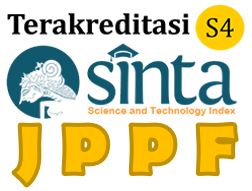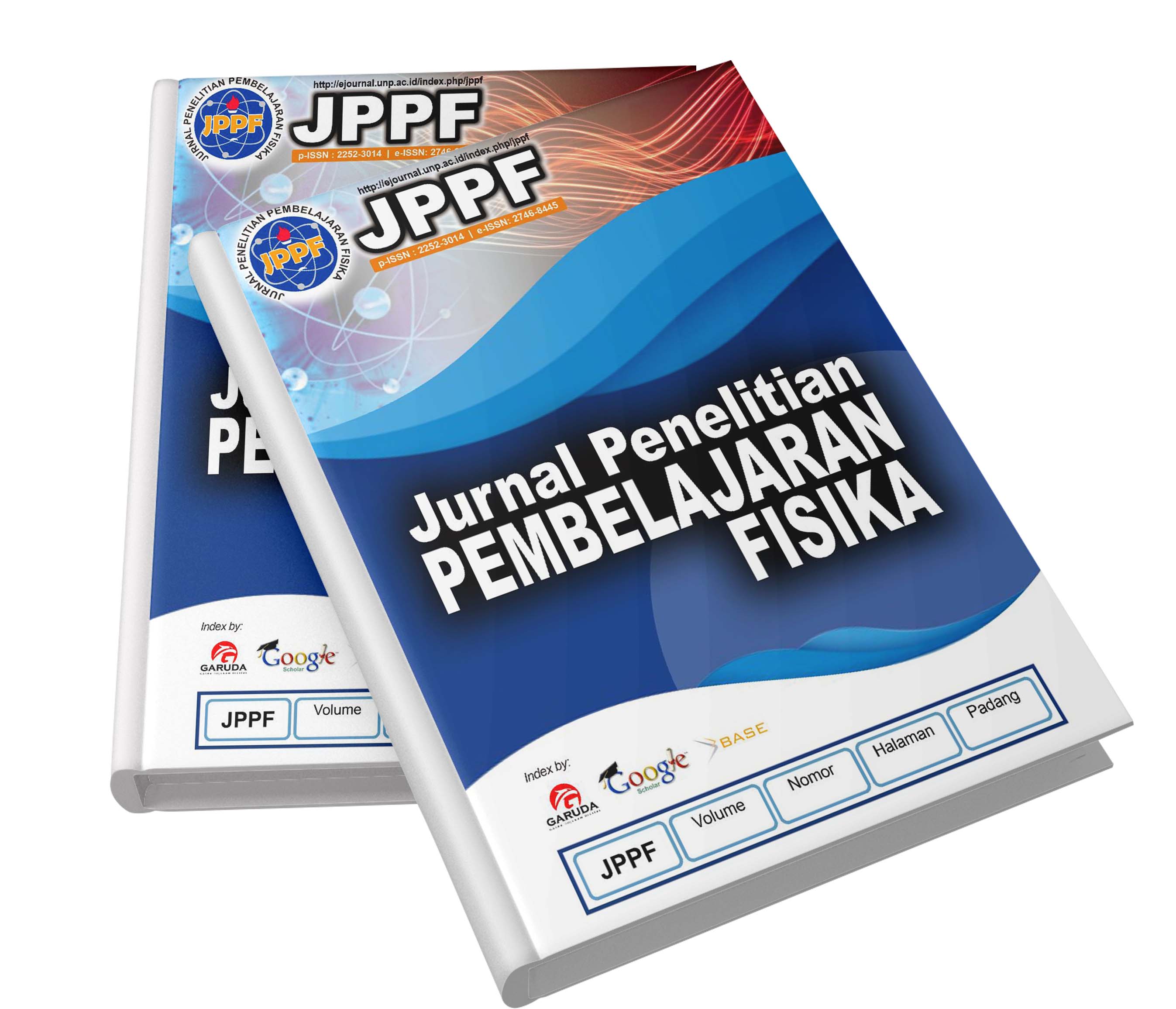Abstract
The obstacle for teachers in learning physics is developing student books encouraging students to learn actively. This study aims to develop a textbook with the help of a discovery learning model based on the Danau Maninjau EduPark. This development follows product development from Plomp, consisting of three stages: initial analysis, prototype development, and assessment phase. This research was conducted at one of the high schools in Kab—religion and involved 32 students. The instruments used were validity, practicality, and description questions totaling seven items. The pre-test and post-test were analyzed with the N-Gain equation. The results showed that the textbook with Discovery Learning based on EduPark Danau Maninjau was valid regarding content, construct, graphics, and language. In addition, the book is practical from the students' responses on a small and large scale. The resulting N-Gain value is 0.45, indicating that the book can effectively improve student learning outcomes. It can be concluded that the textbook Discovery Learning based on the Danau Maninjau EduPark has been tested to be valid, practical, and effective in increasing students' knowledge competence in learning physics. This research is also a reference for future researchers to develop the Maninjau Lake Edupark with other learning models. It is hoped that subsequent research will also be able to develop textbooks that align with the currently implemented independent curriculum




